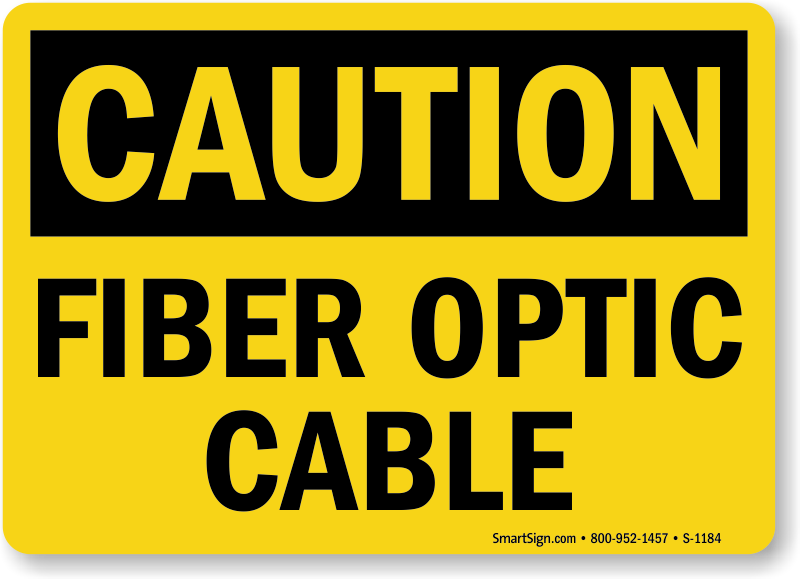
We know how destructive cable hazards can be. The cables in use today undergo various test to ensure they are safe and accommodate the harsh conditions. Therefore the requirement for selecting from the trusted cable production company becomes a necessity.
The insulation of the electric cable is generally made up of rubber or plastic. The amount of smoke generated by the plastic in case of fire is dependent on factors like nature of plastic, type of additive used, the flame of fire and ventilation arrangement. In general, most plastics produce a very dense smoke when heated. In this article, we will learn about the hazards related to electric cable insulation in case of fire.
Some plastic burns very clearly when subjected to heat and flame, producing very less smoke. If insulation used is of urethane foam it produces a very dense smoke and visibility in the room is lost in a minute. Some plastic contains Poly Vinyl Chloride (PVC) which produces hydrochloride gas as a product of combustion. This is a very deadly gas and has a pungent, irritating odor.
Rubber, when used for insulation, produces a dense black, oily smoke and has some toxic qualities. The most common gases produced during combustion of rubber are hydrogen sulphide and sulphur dioxide. These gases are both dangerous and can be fatal in certain cases.
Ways to Reduce these Hazards
The following steps should be taken as preventive measures
Cables having E.P.R (Ethylene Propylene Rubber) insulation with a necessary sheathing of Polychloroprene or Chloro Sulphonated Polyethylene ( PCP or CSP) may be used to protect the insulation against fire.
By using cables having high oxygen index number, the number allotted to material depending on the minimum percentage of oxygen required to sustain combustion. If the material used is having oxygen index number 27, it means that minimum percentage of oxygen required to burn the material is 27 % which is well above the normal atmospheric oxygen percentage of 21 %. Thus, the insulation material will not catch fire.
Important Precautions for Installation of Electric Cables
1. The cables and wiring external to the equipment must have flame retardant properties and should be installed in such a manner that it should not interfere with the original flame retarding properties.
2. Cables and wirings for emergency equipment, lightings, communication, and the signal should be kept away from spaces like galley, laundries, machinery space of category A & other high-risk areas.
3. Special precautions are to be taken for cable installation in a hazardous area as it might lead to an explosion in case of an electrical fault.
4. Terminations and joints are to be made in such a manner that it should retain its original fire resisting properties.
5. Avoid cable for damage and chafing during installation.
6. Fireproof glands to be used in case of the cable passing through the bulkhead as it would prevent a fire from one compartment to other.
LAPP has always been the top priority when it comes to production of reliable cables
Comments
Post a Comment